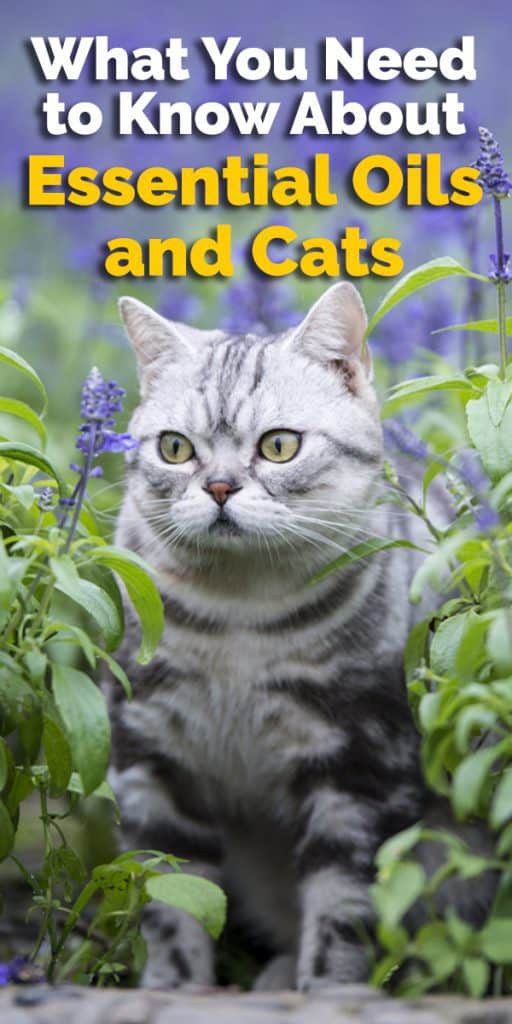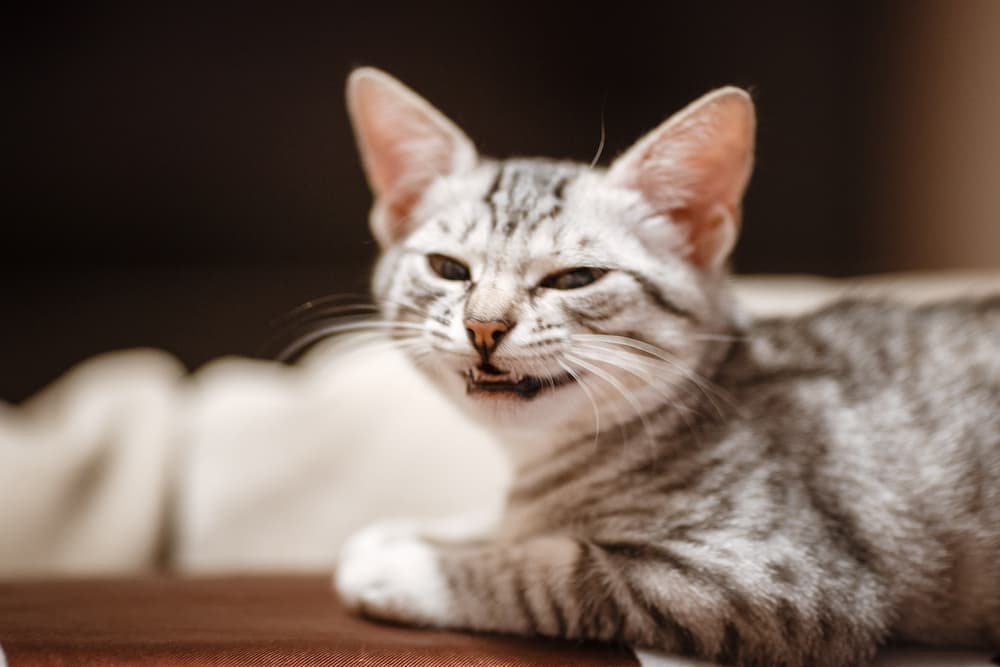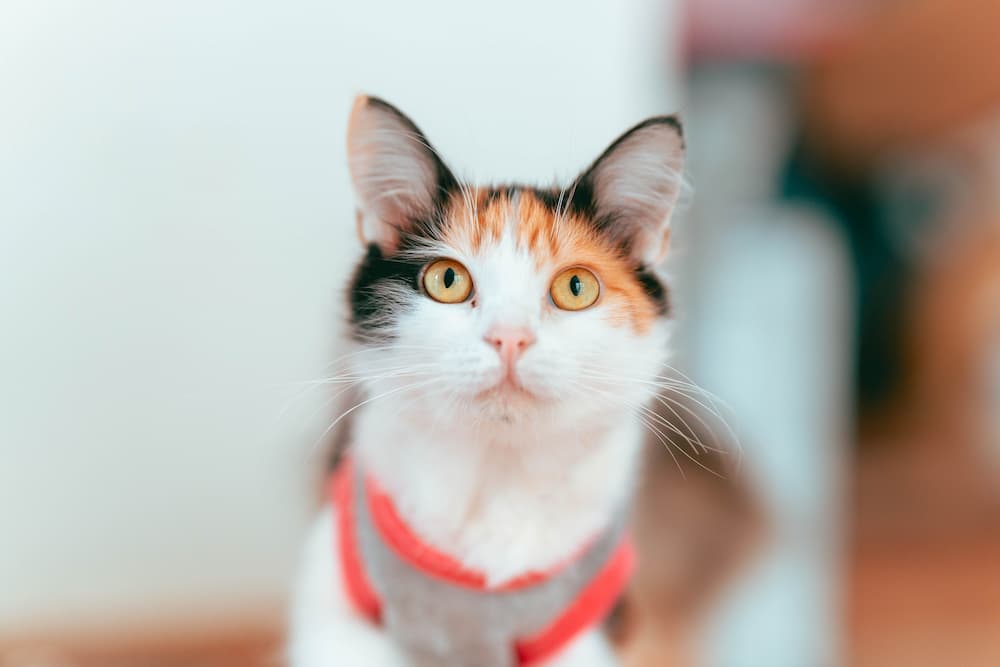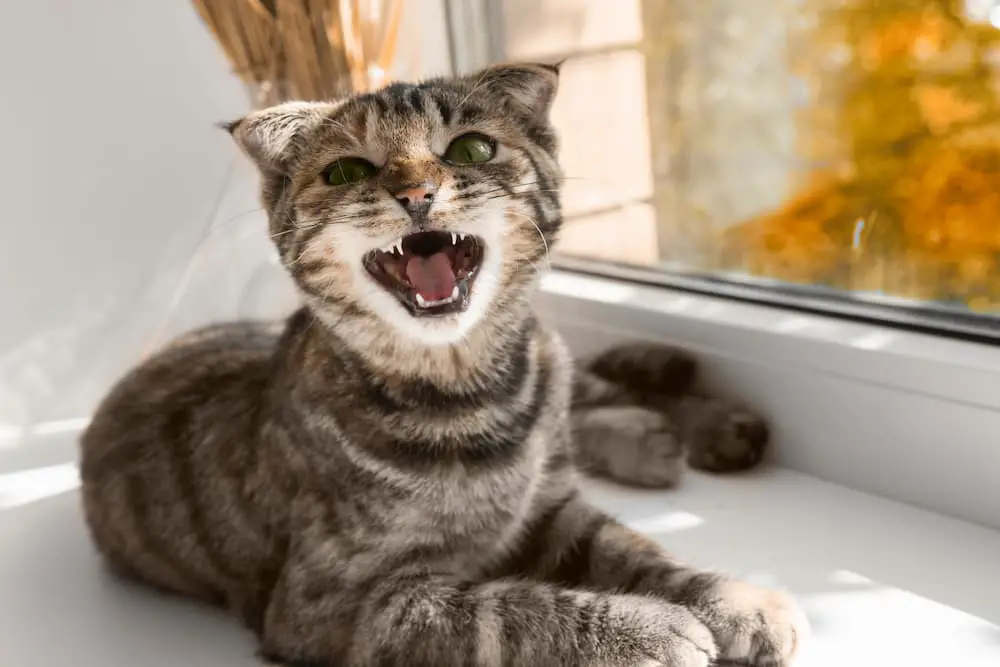Essential oils are a hot topic these days and there is a lot of interest in using them with our pets. But, just because something is natural does not mean it is safe. Arsenic, opium, and mercury are natural – but you don’t want these things lying around your home! Essential oils can be a wonderful addition to your cat care routine, but there are some things you’ll need to know before using them, particularly when it comes to using them with cats.
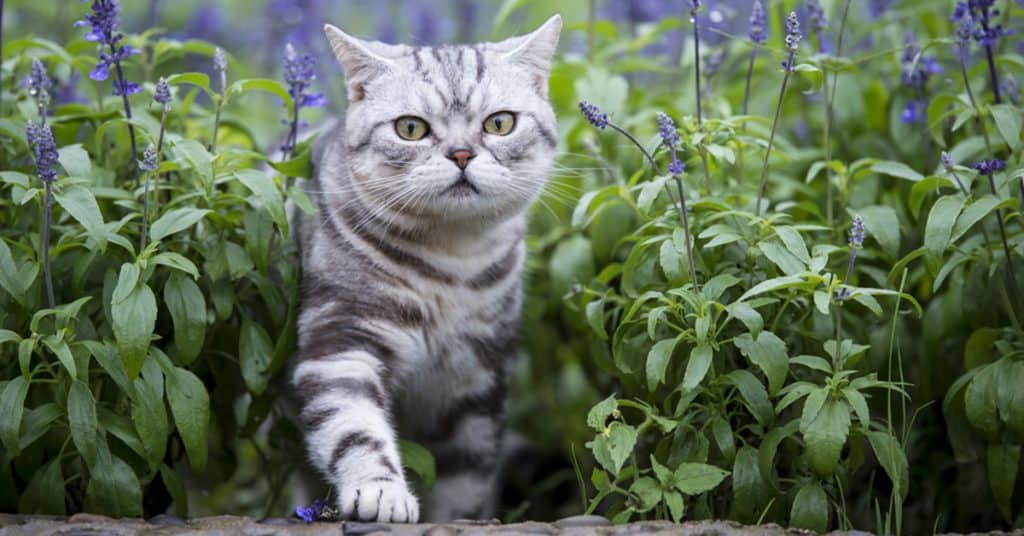
A Note of Caution:
Cats are incredibly sensitive to essential oils (EOs) because they are unable to efficiently process phenols. Since cats are obligate carnivores, they lack an enzyme called glucuronyltransferase that helps to process and eliminate the various compounds of essential oils.
That’s why it’s so important that you use only the highest quality of EOs possible and that you give your animals plenty of options when you diffuse the oils or use them around your home.

Before you begin your foray into using EOs around or on your cats, consider an alternative: Hydrosols. When an essential oil is being made, it’s often done through steam distillation. This results in a much less potent form of the oil known as a hydrosol – a water-based (and safer-for-cats) derivative of the essential oil.
Whichever method you select, there are some guidelines to follow:
WHAT TO AVOID:
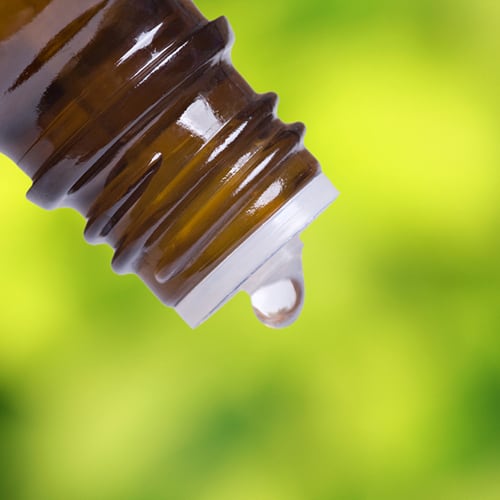
As a general rule, avoid tree oils (Cedar, Pine, Cypress, Juniper, etc) since they contain high levels of phenols and eugenols (which your cats cannot effectively process).
Also, avoid any citrus oils (Lemon, Orange, Tangerine, Mandarin, Grapefruit, Lime, Bergamot) which contain high levels of d-limonene (which your cat cannot process).
Specific essential oils that should NEVER be used with animals (especially cats) include: Anise, Basil, Birch, Cinnamon, Clove Leaf/Bud, Fennel, Garlic, Horseradish, Juniper, Melaleuca, Oregano, Peppermint, Thyme, Wintergreen, Yarrow, all citrus and tree-based oils (like orange, lemon, grapefruit, lime, cedar, pine, and more) – to name only a few.
WHAT IS SAFE:

EOs that are generally identified as “safe” to use occasionally and only in highly dilute forms (at least 50% dilution) include Rosemary or Lemongrass for skin conditions and flea repellant, Lavender for calming, Catnip for increased activity and playfulness in cats (it’s actually calming for humans!), Ginger for upset tummies, and Valerian root to promote restful sleep.
These lists are by no means exhaustive – before you begin to work with essential oils and cats, it’s very important to consult with a holistic veterinarian for specific recommendations.
Some important tips when using essential oils for cats:
Tip 1: Know your EOs and only use the highest quality
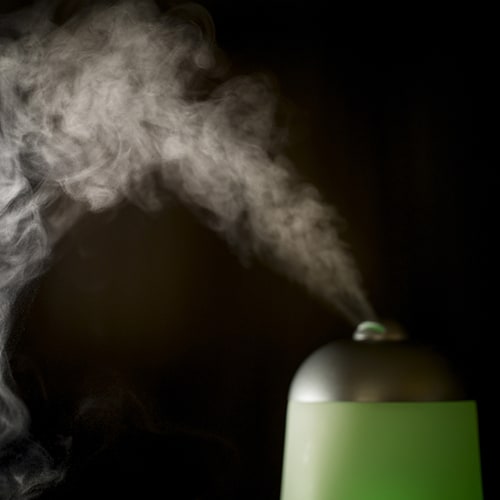
Packaging should include the common name (e.g., Lavender), the Latin binomial (e.g., Lavandula angustifolia), the country of origin, the method of distillation, the part of the plant used, lot number, amount of oil in bottle, contact information of the company, how the plant was grown, and the words “100% pure essential oil” or the ingredients, if in a carrier or blend.
Price often dictates the quality (but not always), so be very aware of testing that is done on each batch and where the company’s reputation for quality. Some brands we know and recommend are doTerra and Young Living. Realize that essential oils are sold in largely an unregulated industry. So, it’s important to do your research.
Tip 2: Work with a Holistic Veterinarian and Use EOs Properly
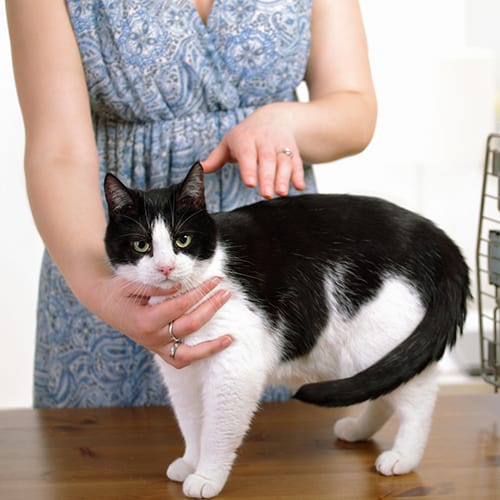
The best option when using EOs on cats is to work with a holistic veterinarian. If that’s not possible, avoid applying any oils directly to the skin.
For example, if you want to use lavender to calm a cat, it’s best to place the oil on a cotton ball and tape it to your cat’s carrier or diffuse the oil in your home using a diffuser. It’s generally considered safe to diffuse oils as long as cats have a way to leave the area, but keep in mind it may result in behavior problems or physical ailments.
Tip 3: Know the symptoms of toxicity
Cats don’t often show there is a problem until it’s too late to correct it. However, there are certain symptoms you should watch for in your cats:
• Panting
• Hyperactivity/restlessness
• Drooling
• Vomiting
• Dark mucous membranes (especially around the gums)
• Green or black urine
• Muscle tremors/Ataxia (uncontrolled movement)
• Shock
• Arrhythmia (abnormal heart rhythm)
• Coma
Any of these symptoms should be treated as an extreme emergency and your cat should be taken immediately to the veterinarian. Delay in treatment of even a few minutes can result in death.
If you’re interested in learning more about using essential oils with your cat, we highly recommend checking out these books:
Holistic Aromatherapy for Animals by Kristen Leigh Bell
The Animal Desk Reference: Essential Oils for Animals
Essential Oils for Natural Care by Melissa Shelton
Do you use essential oils with your pets? If so, do you find them useful? Tell us by typing a comment below!
And if you found this article helpful, pin it!
